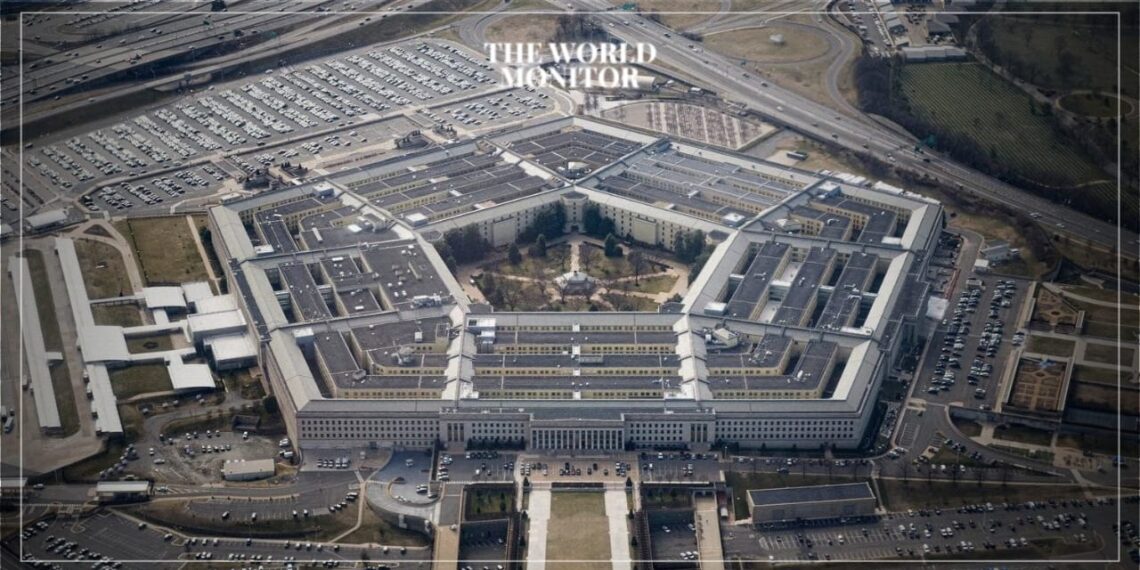Patrick Ryder, spokesperson for the United States Department of Defense (Pentagon), stated today, Friday, that the United States has no plans to send additional troops to the Middle East following the strikes conducted by the American and British militaries on Houthi forces in Yemen.
Ryder also mentioned that Secretary of Defense Lloyd Austin, who was hospitalized on January 1st for an infection treatment, is in good condition. He has spoken twice to President Joe Biden in the past two days and was “actively involved in overseeing and directing these strikes
The United States has recently deployed additional troops to the Middle East. On October 31, 2023, it was reported that the Pentagon had decided to send an extra 300 troops to the region. These troops are intended to support regional deterrence efforts and further bolster U.S. force protection capabilities. Notably, these forces are not going to Israel but are expected to enhance capabilities in areas like explosive ordnance disposal and communications. This deployment is part of the U.S. Central Command’s ongoing operations in the Middle East, particularly in response to continued attacks by terrorist groups in the region, predominantly in Iraq and Syria. As of late October, there have been 27 recorded attacks against U.S. forces, with 16 occurring in Iraq and 11 in Syria, resulting in minor injuries to 21 U.S. service members, mostly traumatic brain injuries.
Additionally, about 900 more U.S. troops were reported to have arrived in the Middle East or to be heading there to bolster air defenses for U.S. personnel. This surge in troop deployment is in response to a series of attacks by Iran-affiliated groups and the rising tensions over the Israel-Hamas war. These recent deployments are part of a larger response by the United States, which includes sending warships and fighter aircraft to the region, including two aircraft carriers. The heightened tensions have necessitated increased security measures at U.S. military facilities, including more robust monitoring from guard towers, enhanced security at base access points, and increased operations to counter potential threats such as drones, rockets, and missiles.






